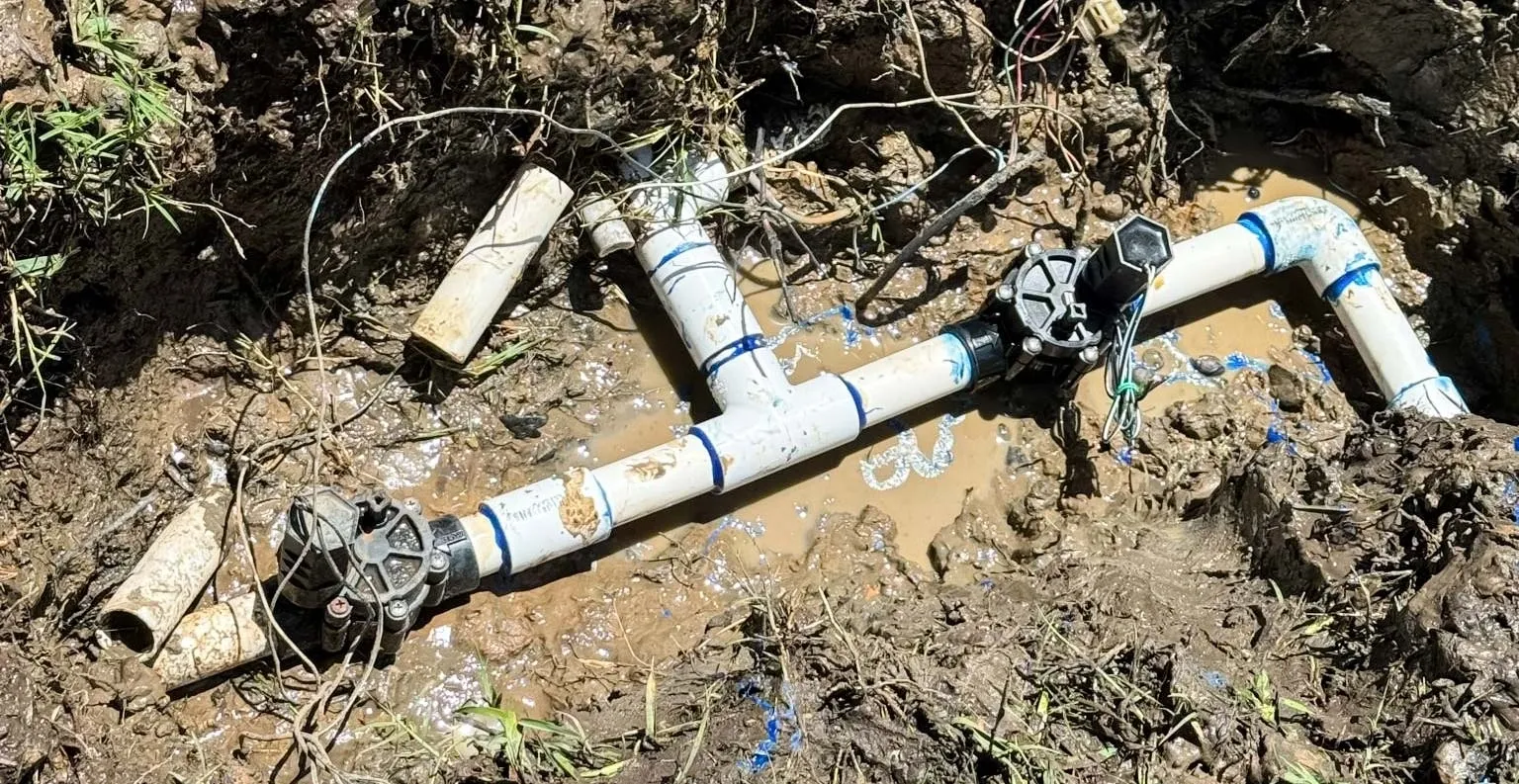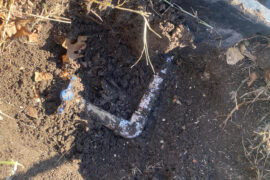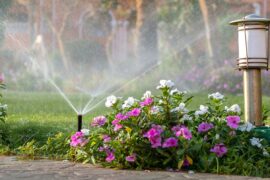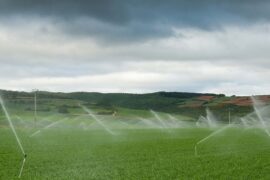Hard water can be an obstacle to the smooth functioning of your sprinkler system. It contains a high concentration of minerals like magnesium and calcium. These minerals leave white, chalky deposits on your sprinkler heads and nozzles. These deposits, commonly called limescale, can hamper water flow and reduce water pressure. Ultimately, this leads to uneven watering and a decline in your lawn’s health. You will need effective cleaning and preventative measures to ensure the sprinkler system operates as intended.
Read on to discover the ways to get rid of calcium deposits from your sprinkler heads and achieve a vibrant, lush lawn:
Understanding The Science Behind Mineral Deposits- Why Do They Form?
Hard water contains a high concentration of dissolved minerals, primarily calcium and magnesium ions. As water evaporates from your sprinkler nozzles and heads, these remain, forming white deposits. These deposits gradually harden, blocking the small holes in the sprinkler head.
Eventually, this alters the spray pattern and reduces water pressure. Studies reveal that even a small amount of limescale can reduce the overall efficiency of a sprinkler system by around 20%. This means you need to clean the sprinkler heads regularly.
Cleaning methods- Restoring the performance of your sprinkler head
You can use several methods to clean sprinkler heads blocked by mineral deposits. Choose the one that suits your needs and the severity of the buildup.
The Vinegar Soak- ideal for mild to moderate deposits
White vinegar, a common kitchen ingredient, can effectively remove calcium deposits when they are mild to moderate. The acidic nature helps dissolve the minerals.
- Turn off the water supply before cleaning the sprinkler head and nozzles.
- Pull up the riser if you’re using a pop-up style sprinkler head, and use pliers for a better grip.
- Mix water and white vinegar in equal amounts in a pot or bowl large enough to submerge the sprinkler head. Use more vinegar or undiluted vinegar for heavier buildup.
- Soak the sprinkler head in the solution for about 30 minutes. The acid will gradually dissolve the deposits.
- After soaking, scrub the nozzle and head with a small brush to remove any loosened residue.
- Rinse the sprinkler head thoroughly with clean water to wash away any remaining debris.
- Finally, reassemble the sprinkler head and turn on the water supply to test the system.
Using Commercial Descalers- ideal for stubborn mineral buildup
If your sprinkler head is heavily calcified, DIY methods may not work. Instead, opt for a commercial descaling product for more effective results.
- First, switch off the water supply.
- Follow the manufacturer’s instructions for using the descaling solution, including all safety precautions.
- Soak the sprinkler head in the thoroughly off with clean water.
- Reassemble the parts and test the system to ensure proper operation.
When using commercial cleaners, always wear appropriate protective gear, such as eye protection and gloves. Do not mix cleaning solutions- especially those containing bleach.
How to prevent future mineral deposits
Instead of cleaning up mineral deposits every few months, adopt preventive strategies.
- Install a high-quality water softener- A water softening system removes minerals from water, preventing limescale buildup.
- ·Use filtration systems: Filtration units trap sediment and some minerals before they reach the sprinkler heads, reducing clogging.
- Schedule regular maintenance- Periodic inspection and cleaning of your sprinkler system are the most effective ways to prevent limescale accumulation.
- Use acid treatments carefully- Adding a mild acid to irrigation water can help reduce calcium carbonate deposits by lowering the pH. However, you should only be done under professional guidance using appropriate chemicals.
Summing It Up
Cleaning calcium deposits from your sprinkler heads is essential for maintaining an efficient irrigation system. By following the cleaning and preventive methods above, your sprinkler will functional optimally over time- giving you a lush, well-hydrated, and healthy lawn.





